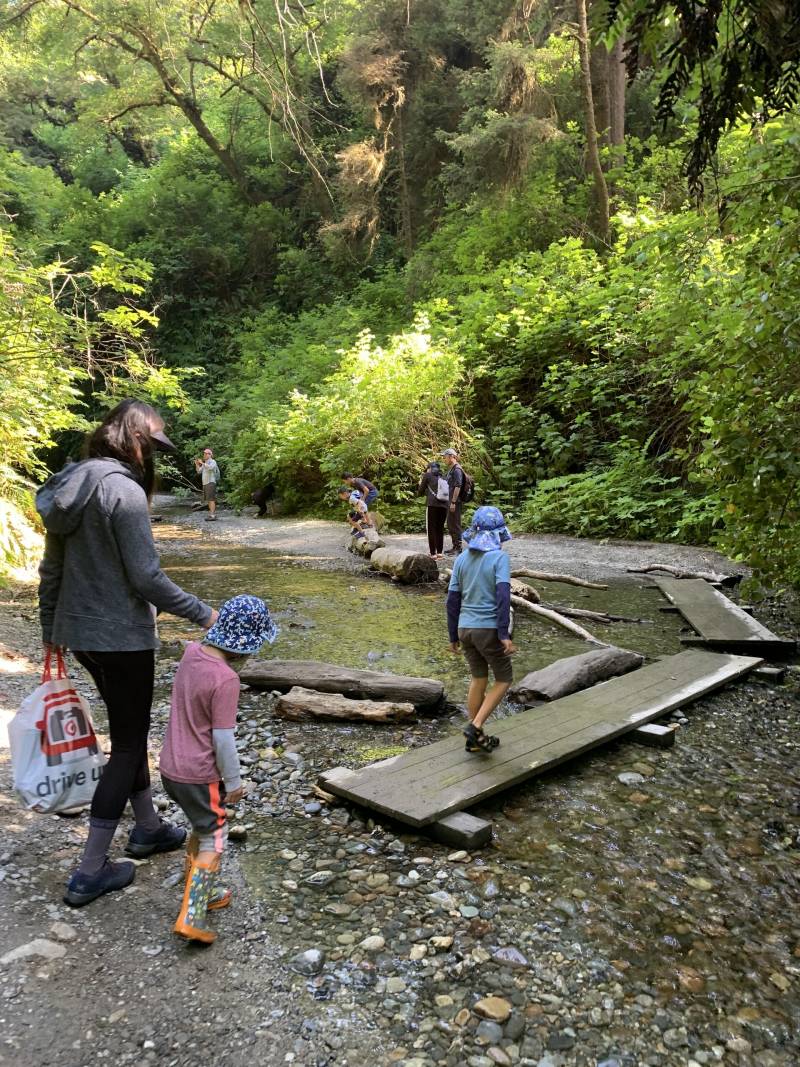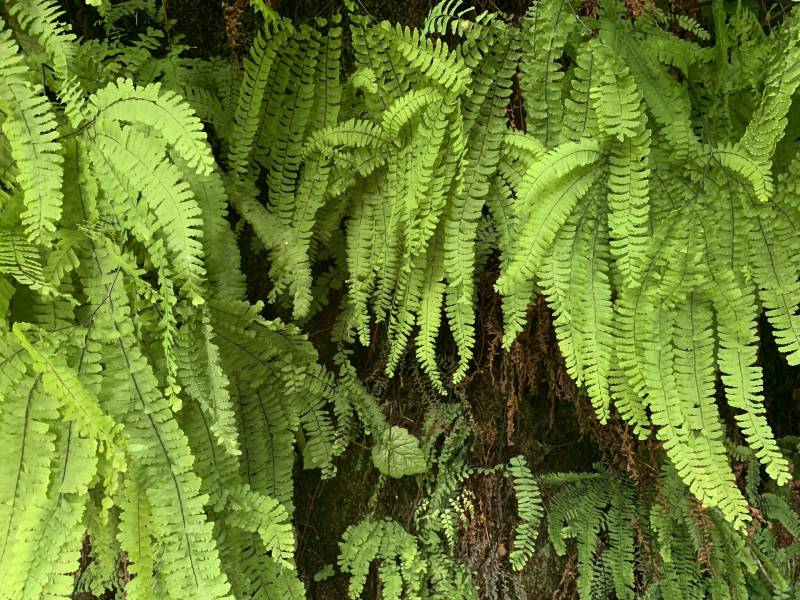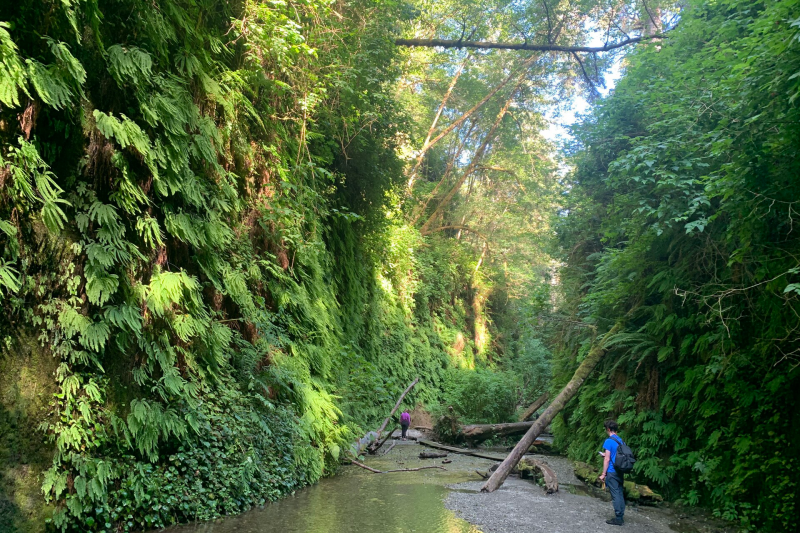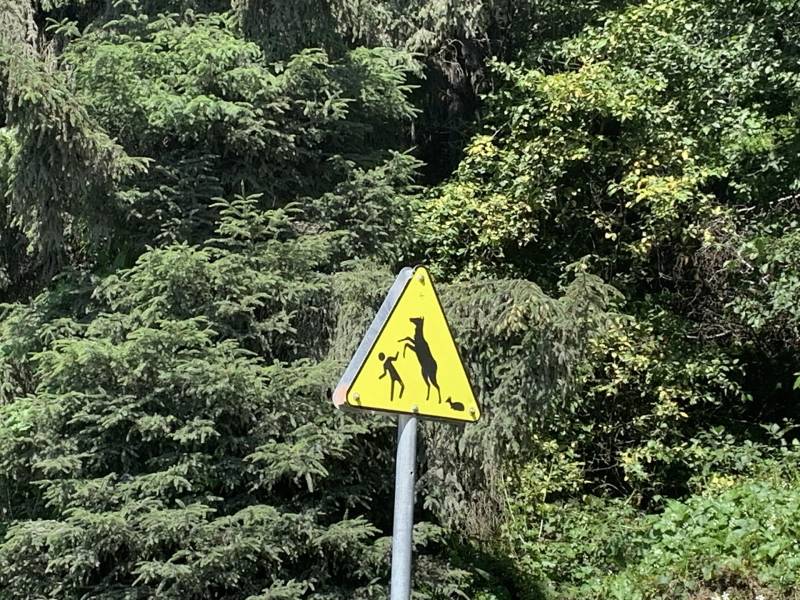It’s a narrow, bumpy drive through the trees to get to Fern Canyon in Prairie Creek Redwoods State Park, about 50 miles north of Eureka in Humboldt County. And when you do, there are warning signs to watch for aggressive 1,200-pound elk.
But if you can get past those obstacles, the 1-mile walk through the lush canyon is relatively easy, especially in the summer — when rangers lay wooden boards across the creek that runs between the lush canyon walls, and you don’t have to get your feet wet.

Fern Canyon is just inland from Gold Bluffs Beach in Orick, named because early miners found flecks of gold in its sand. Once you’re in the canyon, though, it’s hard to believe you’re anywhere near a beach.
The sound of the waves gives way to ephemeral waterfalls trickling down the mossy walls. As the light moves through, the canyon lights up in different shades of electric green — a moist habitat for salamanders and banana slugs.

Millions of years ago, a retreating sea sculpted these sheer walls. Species of ferns dating back 325 million years are still growing on the cliffs.

